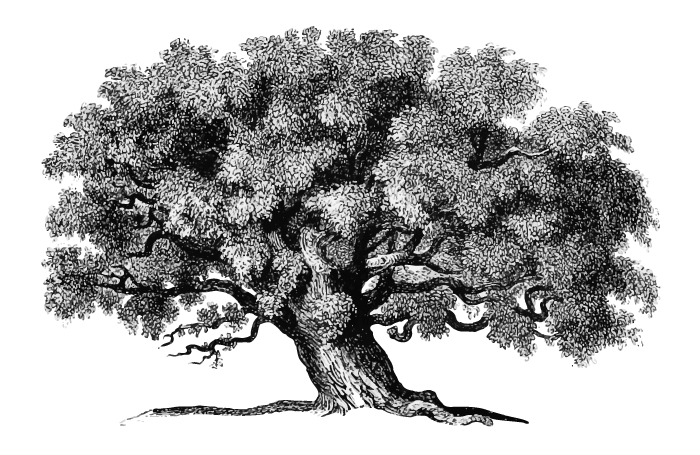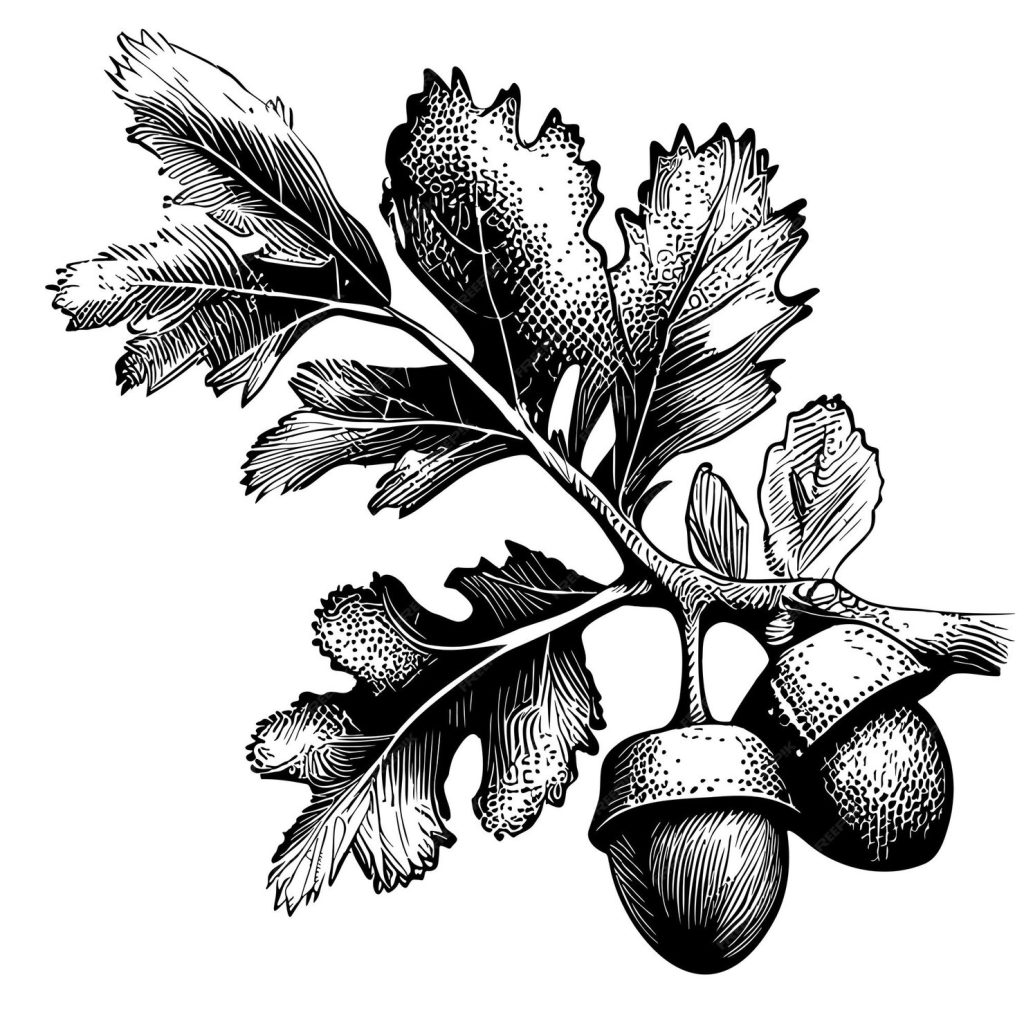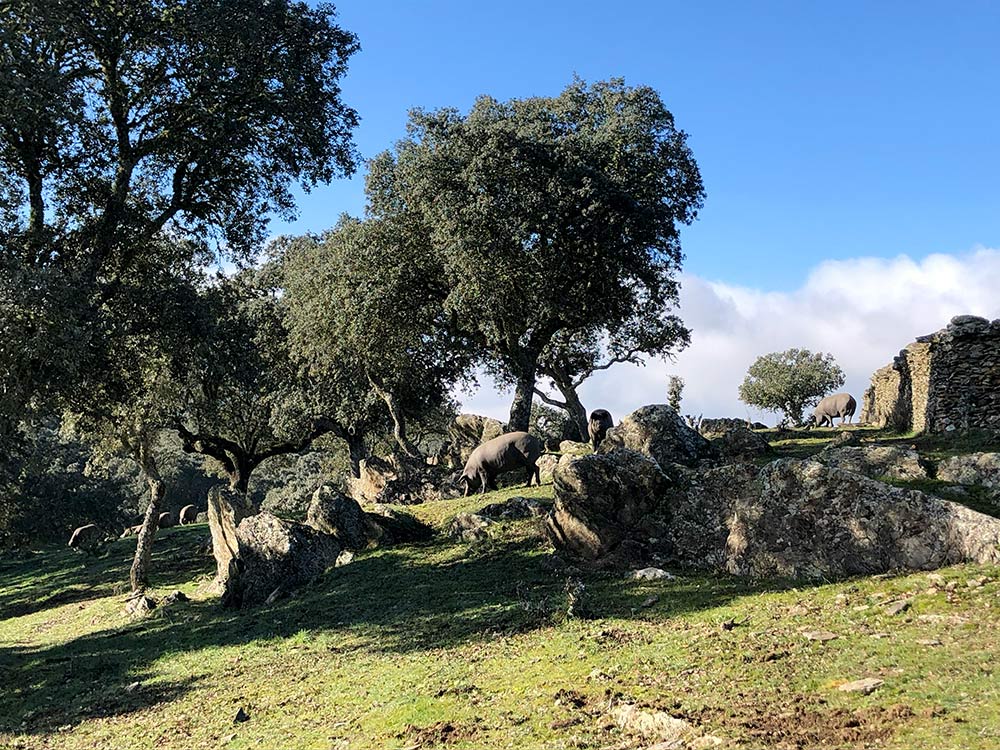Discover the legacy of Cardisán
The story of a family passion generation after generation.
It all began with Francisco, a visionary man faithful to his dreams, who together with his father and brothers, at the end of the 19th century and the beginning of the 20th century, travelled around Galicia, Cantabria and Castile to bring with him the fruits of the slaughter and other gastronomic treasures.
It was then that the people of Guijuelo began to understand that the region’s miraculous microclimate was ideal for preserving and curing salted meats, and what was once just a family tradition became a business opportunity.

Campillo de Salvatierra.
1917
In 1917, Francisco set up his own slaughterhouse in Campillo de Salvatierra, a district of Guijuelo, where he founded a meat industry that produced exquisite hams and sausages, canned lard and delicious tortas de chicharrón (pork crackling cakes). But his legacy did not stop there, as his passion for excellence and tradition took root in his children, who continued his legacy.
Santander.
1922
One of these sons was Ángel, my grandfather, who kept the flame alive and took the business to Santander in 1922, where he established a warehouse that eventually became the first official food sanitary register (in the area). Over the years, the company developed and in 1964 we opened a new, modern factory in the heart of Guijuelo, specialising in the salting of hams and the production of sausages.

The birth of Cardisan.
1986
In 1984, my parents, Agustín and María Teresa, took over the leadership of Cardisán and, with love and dedication, rebuilt the factory, adapting it to the standards of the time. Cardisán, S.L. was founded in 1986, and since then, our products have been synonymous with quality and tradition.
International Expansion.
2005
Over the years, the passion for our 100% Iberian acorn-fed acorn-fed hams has taken us beyond our borders. In 2005, we started our international expansion, taking our products to Europe and to distant markets such as Asia and America.

At Cardisán, every ham we cure and every sausage we make represents a precious heritage, passed down from generation to generation.
Our history is a symphony of interwoven flavours and traditions, nourished by the love of our land and the heritage we received from our grandparents.
Let yourself be captivated by the aroma, the flavour and the history that surrounds each mouthful. Discover the legacy of our family.

CEO of Cardisán
The dehesa and the montanera.
In Cardisán, our life beats to the rhythm of the montanera, that magical moment when the dehesa begins to bear its natural fruit: the acorn.
October marks the beginning of the montanera in the dehesas of Salamanca, Andalusia and Extremadura. Our animals, called “malandares” since ancient times because of their thinness due to previous food shortages, are preparing to enjoy this natural feast.
With the fall of the precious acorns, it begins its fattening phase, feeding on this delicacy accompanied by herbs and roots. Over a period of 100-140 days, they almost double their weight, thanks to the abundance and quality of this delicacy. This cycle is repeated every autumn, year after year.


The value of the montanera.
What makes the montanera particularly valuable is that during this period, the holm oaks and cork oaks that grow in these pastures produce a large quantity of acorns, which are rich in unsaturated fatty acids and nutrients.
This natural, high-quality feed, together with the physical activity and the subsequent slow curing process, is what gives the meat from these animals its unique flavour, juicy texture and the characteristic marbled appearance of acorn-fed Iberian hams.
The raw material.
The result is our highly prized raw material: long-aged animals with a diet rich in the resources of the dehesa, our Mediterranean treasure. From here, we start to transform this raw material into special products.
